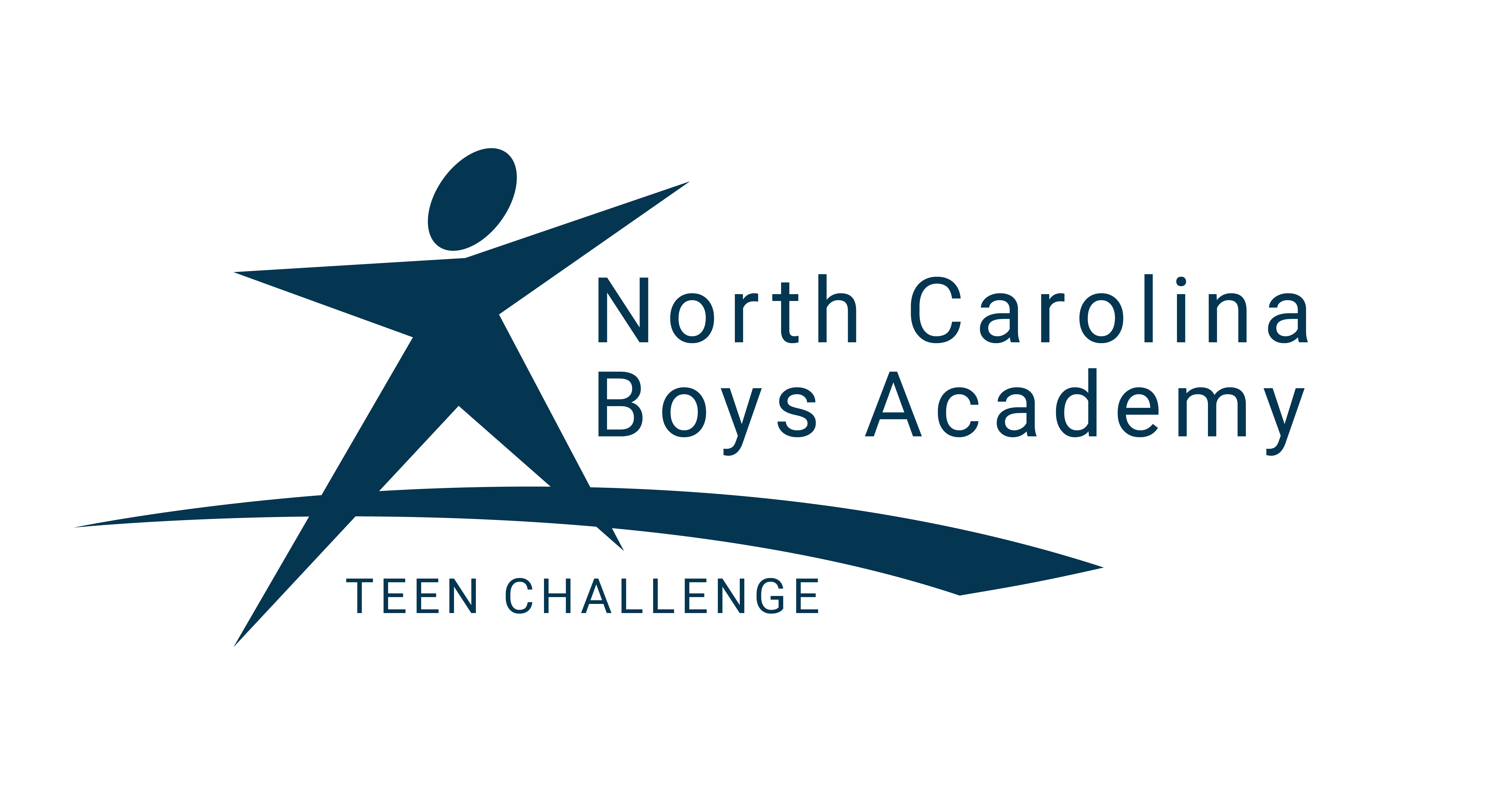How Pornography Addiction Affects Teen Mental Health
The world of adolescence is a tapestry of rapid growth and transformative experiences. This period shapes not only physical development but also lays the foundation for emotional and mental well-being in adulthood. In this intricate journey, the influence of technology and digital media becomes undeniable. However, within this realm lies a potential pitfall: pornography addiction and its impact on teen mental health can be profound. While pornography use in itself may not be inherently harmful, excessive and compulsive engagement can lead to a range of concerning consequences. Understanding these is crucial for navigating the complex landscape of adolescent development and supporting teens toward healthy and balanced mental well-being.
Understanding the Cycle of Porn Addiction
The allure of pornography for teenagers often stems from a natural curiosity about sex and their developing bodies. However, the content they encounter is often far removed from reality, portraying unrealistic expectations and scenarios. This creates a cycle of dependence, where the intense stimulation of pornography becomes a go-to coping mechanism for anxiety, stress, and loneliness. As the addiction progresses, the brain adapts to the dopamine surge triggered by pornography. As a result, this makes it increasingly difficult to find satisfaction from other activities. This can lead to:
- Increased social isolation: Pornography can distort perceptions of healthy relationships and intimacy. It leads teens to withdraw from real-life connections and struggle with social interaction.
- Body image issues: The heavily edited and unrealistic portrayals in pornography can fuel insecurities and distort body image. This results in low self-esteem and potentially triggering eating disorders.
- Depression and anxiety: The cycle of addiction and the shame associated with it can contribute to feelings of depression and anxiety, further impacting mental well-being.
Academic decline: The compulsive need to engage with pornography can disrupt focus and concentration. As a result, it affects academic performance and motivation.
Beyond the Screen: Fostering Healthy Alternatives
Addressing pornography addiction in teens requires a collective effort that goes beyond simply blocking access to screens. It's crucial to create a supportive environment that promotes healthy alternatives and fosters resilience. Here's a breakdown of key strategies:
Open Communication
- Building a Safe Space: Create a safe and non-judgmental environment where teens feel comfortable talking about sex and sexuality. This includes actively listening without shaming, blaming, or lecturing.
- Using Age-Appropriate Resources: Utilize resources like books, websites, and educational programs designed specifically for different age groups. These should provide accurate information and address common concerns in a sensitive and age-appropriate manner.
- Starting Early and Normalizing the Conversation: Introduce discussions about body parts, personal boundaries, and healthy relationships early on. This helps normalize these topics and fosters open communication throughout their development.
Developing Healthy Coping Mechanisms
- Mindfulness Practices: Teach them mindfulness techniques like meditation, deep breathing, and yoga to manage stress, anxiety, and negative emotions healthily.
- Engaging in Hobbies and Interests: Encourage participation in healthy activities they enjoy, such as sports, music, art, or volunteering. This builds self-esteem, provides a sense of accomplishment, and fosters positive social interactions.
- Building Strong Social Connections: Help them develop strong social connections with family, friends, and healthy role models. Positive relationships provide support, a sense of belonging, and alternative ways to connect and fulfill social needs.
Sex Education and Understanding Pornography
Comprehensive sex education is essential for building a healthy understanding of sex and sexuality. This education should be:
- Age-appropriate and inclusive: Tailored to the specific age group and developmental stage of the learner.
- Evidence-based and factual: Based on accurate and up-to-date scientific information.
- Inclusive and respectful: Address diverse sexual orientations, gender identities, and relationship types in a respectful and non-discriminatory manner.
Promoting Media Literacy
- Critical Thinking Skills: Encourage critical thinking about the media they consume, including pornography. Discuss the unrealistic portrayals, potential harm, and manipulation within this content.
- Understanding Online Influence: Educate them about the use of algorithms, targeted advertising, and the curated nature of online content. This empowers them to make informed choices about online platforms and the information they encounter.
- Identifying Healthy Resources: Guide them toward reliable sources of information about sex, relationships, and body image. This could include reputable websites, educational resources, or trusted adults.
Seeking Professional Help
If the addiction is affecting daily life and causing significant distress, seeking professional help from a therapist or counselor specializing in adolescent mental health and addiction recovery is crucial. These professionals can provide individual or family therapy to address underlying issues, develop coping mechanisms, and support a healthy recovery journey.
By providing sex education, we equip teenagers with the knowledge and skills to navigate their sexuality responsibly. They learn about consent, healthy relationships, body image, and communication skills, all of which are crucial for making informed choices and developing healthy attitudes toward sex and intimacy.
Pornography addiction, while presenting significant challenges, is not an insurmountable obstacle. By fostering open communication, we can empower teens to break the cycle of addiction and navigate the complexities of adolescence with greater resilience. Remember, addressing this issue requires a collaborative effort from parents, educators, and mental health professionals, working together to create a supportive environment that prioritizes the mental well-being of our youth.

